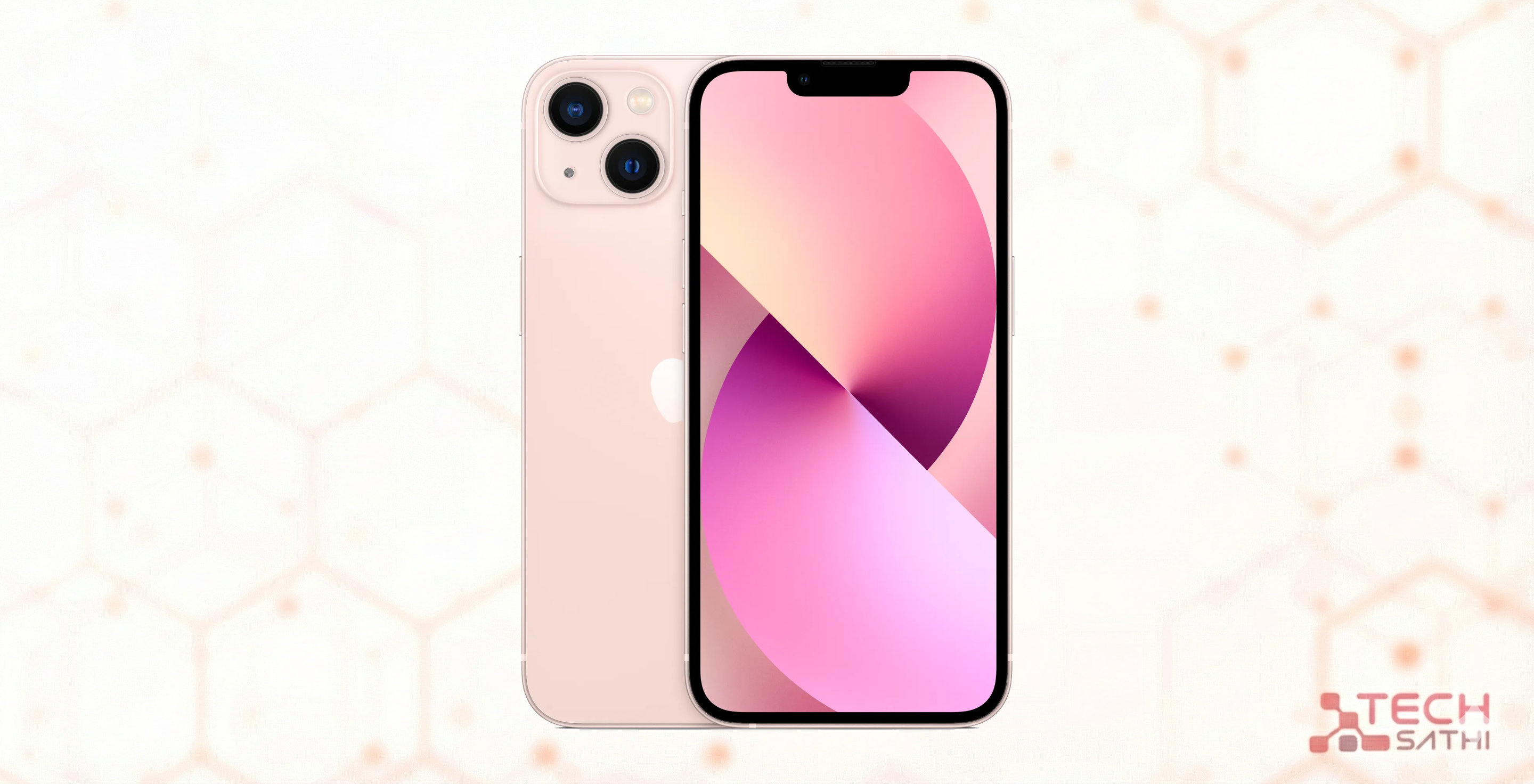What is Figma Jam?
Figma Jam is a community event organized by Figma, which is a cloud-based design and prototyping tool. Figma Jams are typically held in person and bring together designers, developers, and other creative professionals to collaborate on design projects and share knowledge and expertise. Figma Jams often include workshops, talks, and other activities focused on design and prototyping, as well as opportunities for attendees to network and connect with others in the community.
Part one: The Ultimate Guide to Future Design Perfection
What kinds of tools are available in Figma?
Figma offers a range of tools for design and prototyping, including:
- Vector drawing tools: Figma includes a range of vector drawing tools for creating and editing shapes and graphics. These tools include basic shapes, lines, curves, and pencil tools, as well as more advanced tools for creating gradients, patterns, and other effects.
- Text formatting tools: Figma includes a range of text formatting options, including font, size, colour, alignment, and more. Users can also apply effects and styles to text, such as bold, italic, underline, and drop shadow.
- Layers and grouping: Figma allows users to organize their designs into layers and groups, making it easy to manage and edit large, complex designs. Users can also lock and hide layers, as well as use the blend modes and opacity options to create different effects.
- Prototyping tools: Figma offers a range of tools for creating interactive prototypes of designs. Users can link different screens together, add animations and transitions, and set triggers and actions for different elements.
- Collaboration tools: Figma is a cloud-based tool that allows multiple people to work on a design project at the same time. Users can leave comments and feedback on designs, as well as use the version control features to track changes and collaborate with others.
- Design system tools: Figma allows teams to create and manage design systems, which are collections of design elements, guidelines, and standards that can be used to create consistent and cohesive designs. Users can create and edit design system libraries, as well as share them with other members of their team.
What is a frame?
In Figma, a frame is a container for design elements. Frames can be used to organize and lay out designs, and they can contain a variety of different elements, including shapes, text, images, and more.
Frames can be resized and repositioned on the canvas, and they can be nested inside other frames to create more complex layouts. Figma also offers a range of layout options for frames, including grid and flow layouts, which can be used to arrange elements in a structured way
What is the layout?
In Figma, a layer is a visual element in a design file. Layers can contain a variety of different elements, including shapes, text, images, and more. Layers are organized in a hierarchy, with the top layer appearing above all other layers on the canvas.
Layers can be used to organize and manage the elements in a design, making it easier to edit and update the design as needed. Figma also offers a range of options for managing layers, including the ability to lock and hide layers as well as using blend modes and adjusting the opacity of layers.
In addition to organizing elements in a design, layers can also be used to create interactive prototypes in Figma. Users can add animations and interactions to layers, as well as set triggers and actions for different elements. This allows designers to create more dynamic and engaging prototypes of their designs.
What is an asset in Figma?
In the context of design and prototyping, assets are any elements or resources that are used in a project. Assets can include a wide range of things, such as images, icons, fonts, colours, and more.
In Figma, assets can be managed in a variety of different ways. For example, users can create and manage design systems, which are collections of design elements, guidelines, and standards that can be used to create consistent and cohesive designs. Users can also use the asset library feature to store and organize assets that are used frequently in their designs.
Assets are an important part of the design process, as they help designers create cohesive and consistent designs, and they can also make it easier to manage and update designs as needed. In Figma, users can access and use a wide range of assets, including pre-designed elements, templates, and resources, as well as custom assets that they create or import themselves.A prototype is a preliminary version of a product or system that is used for testing and development. Prototypes can be used to explore and test out ideas, as well as to get feedback on a product or system before it is fully developed.
What is a prototype?
Prototypes can take many different forms, depending on the type of product or system being developed. For example, a prototype of a physical product might be a 3D printed model or a mockup made from materials like cardboard or foam. A prototype of a digital product might be a wireframe or a functional prototype that includes elements like animations and interactions.
In design and prototyping tools like Figma, users can create prototypes by linking together different screens or design elements and adding animations and interactions to create a more dynamic and engaging experience. Prototypes can be used to test out ideas, get feedback, and refine designs before they are fully developed.
You will love to read: 23 Best Side Hustles to Make Extra Money in 2023
How do I upload different fronts in Figma?
To add a new font to Figma, you can follow the steps below:
- Go to the “File” menu and select “Preferences.”
- In the Preferences menu, click on the “Fonts” tab.
- Click on the “Add Fonts” button.
- In the Add Fonts window, you can either drag and drop font files from your computer into the window or click on the “Browse” button to select font files from your computer’s file system.
- Once you have selected the font files you want to add, click on the “Add Fonts” button to upload them to Figma.
- The uploaded fonts will now be available for use in your Figma projects. You can select a font from the font dropdown menu in the text formatting options to apply it to your text.
- It’s important to note that you can only upload fonts to Figma if you have the necessary rights and permissions to do so. Some fonts may be restricted from being uploaded or shared, so it’s always a good idea to check the license for any fonts you are considering adding to Figma.
What are plugins in figma ?
In Figma, plugins are add-on tools or features that can be installed to extend the capabilities of the platform. Plugins are created by third-party developers and are available to be installed and used within Figma.
Figma offers a range of plugins that can be used to enhance design and prototyping workflows, including tools for creating animations and interactions, importing and exporting design elements, and more. Users can browse and install plugins from the Figma Plugin Directory, which is accessible from within the Figma application.
Plugins can be a useful way for designers to access additional tools and features that are not included in the core Figma platform. By installing and using plugins, designers can customise and extend the capabilities of Figma to better meet their needs and workflow.
What are the best plugins in Figma?
There are many different plugins available for Figma, and the best ones for you will depend on your specific needs and workflow. Some popular plugins that are highly regarded in the design community include:
- Auto Layout: This plugin allows users to create flexible and responsive layouts using constraints and rules, making it easier to create designs that are adaptable to different screen sizes and resolutions.
- Magic Move: This plugin helps users create smooth and realistic animations and transitions between screens in their prototypes.
- Grids: This plugin allows users to quickly create and customize grid layouts in their designs, as well as generate and export grid-based design systems.
- Iconify: This plugin provides access to a library of over 10,000 scalable vector icons, making it easy to find and use high-quality icons in Figma designs.
- Gravity: This plugin helps users create and manage design systems in Figma, making it easier to create and maintain consistent and cohesive designs.
- Prototype: This plugin provides a range of tools and options for creating interactive and animated prototypes in Figma.
- Sections: This plugin allows users to divide their designs into sections and easily create and edit section-based layouts.
- Iconify/Feather icon: These are two separate plugins that provide access to libraries of scalable vector icons. Iconify includes over 10,000 icons, while Feather is a library of open source icons that can be customized.
- Image Tracer: This plugin helps users convert images into scalable vector graphics (SVGs) in Figma.
- Bg Remover: This plugin allows users to remove the background from images, making it easier to isolate and edit specific elements in a design.
- Unsplash: This plugin provides access to a library of high-quality, royalty-free photos that can be used in designs.
- Arc/To path: These are two separate plugins that allow users to create and customize curved paths in Figma designs.
- Add New page: This plugin adds a new page to a Figma document with a single click.
- Illustration Kit: This plugin provides a range of pre-designed illustrations and graphics that can be used in Figma designs.
- Google sheet Sync: This plugin allows users to synchronize data between a Google Sheet and a Figma document, making it easier to update and manage design elements that are based on data.
- Colour Thief: This plugin allows users to extract and analyze the colour palette of an image, making it easier to create colour schemes and palettes for designs.
- DetachComponents: This plugin allows users to separate and edit the individual components of a design system in Figma
These are just a few examples of the many plugins available for Figma. It’s a good idea to explore different plugins and see which ones work best for your needs and workflow.
In conclusion, Figma is a cloud-based design and prototyping tool that offers a range of features for creating and collaborating on user interface (UI) designs, wireframes, and prototypes. Its real-time collaboration feature allows multiple team members to work on the same design file simultaneously, streamlining the design process and improving the efficiency of teams. Figma also includes a powerful vector graphics editor and a prototyping tool, making it a versatile tool for designers and non-designers alike. Its range of pre-designed UI elements, templates, and integrations with other tools make it an essential tool for any design team looking to improve their collaboration and design process.

AUTHOR: ABHISHEK ADHIKARI
Linkedin: Abhishek adhikari
You can also submit your article.


